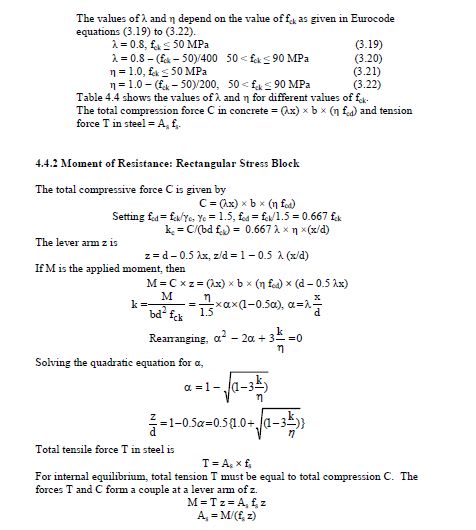Pretty Girl7
Civil/Environmental
What is the clause in Eurocode 2 for the following lever arm formula? I tried to find it in the code, but did not find it. If the following not available in Eurocode, what is the method stated in Eurocode to find 'lever arm' for a beam?



